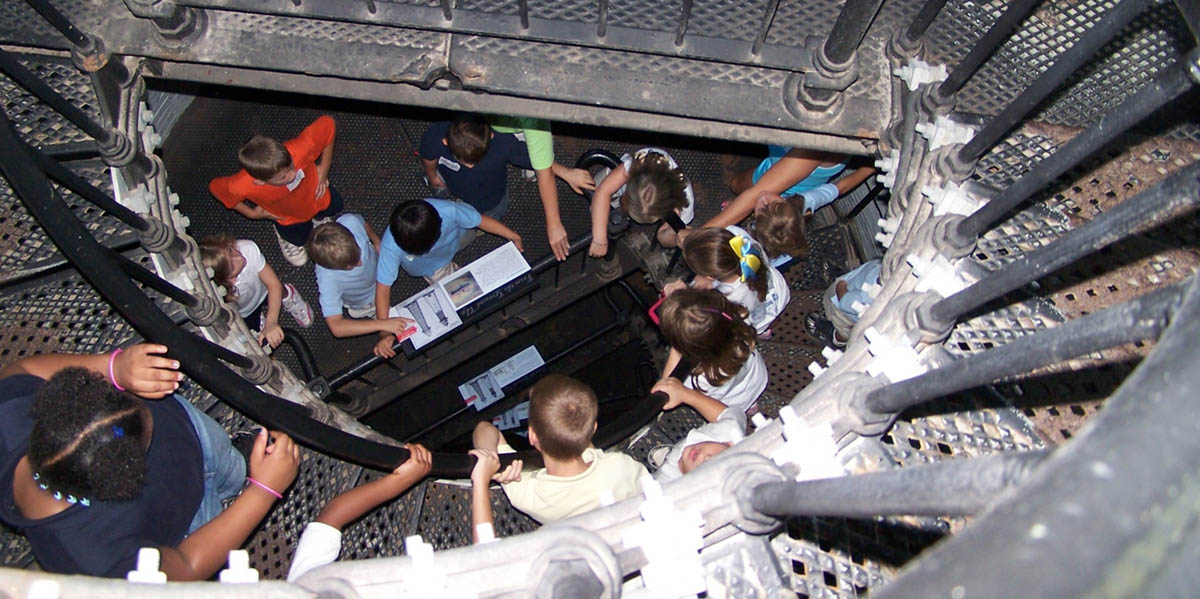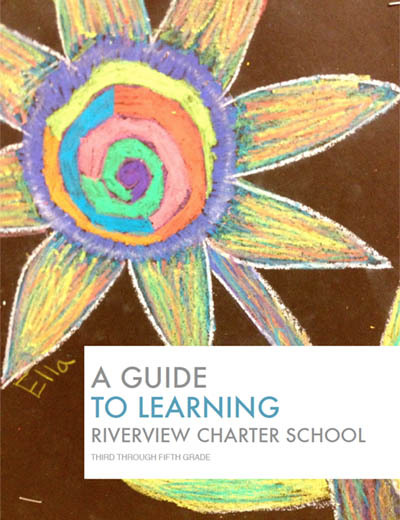Theme: Culture
In Cycle Two, inclusive of grades 3, 4 and 5, students begin to explore human culture and environments through a three year study of American History and the developing scientific world. We consider the word culture to refer to the larger context of a child’s social experience — the child’s extended family, state, region, and ethnic group. This is when students are more likely to form cliques, join clubs and teams, and create social identities that extend beyond their families. Taking this stage of child development into consideration, students learn to approach history as a narrative of which they are a part.
Students are encouraged to place themselves in different time periods to appreciate the tri-cultural perspectives that created our nation – the Native American, the European American, and the African-American perspectives. As students themselves begin to become more independent, they’ll begin to realize that humans all crave freedom and independence – a theme that runs deep in the birth and development of America. Likewise, students will discover the concept of independence is not unique to the human race, but is characteristic to the natural world as well. Throughout the study of American history, students will be asked to compare times of conflict and cooperation in our emerging and growing nation, as well as how our nation’s growth fueled geographic, economic, political and technological/scientific power.

Big Ideas Connect the Dots…
Capstone Trip
Because of the heavy emphasis on American history during this cycle, students in Fifth Grade will visit a site of national importance – Washington, D.C. – to investigate the larger context of national identity, history and power.
Visiting the halls of federal government will help students learn about the nested hierarchy of political and legal structures at the foundation of American history and the American experience. Lessons in history will come to life as students relive our nation’s greatest moments and tragedies and pay tribute to our great leaders. Students will experience first hand how America is a reflection of the cultures that helped create it.

